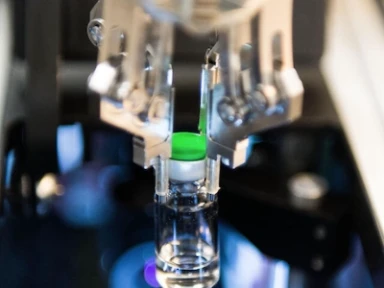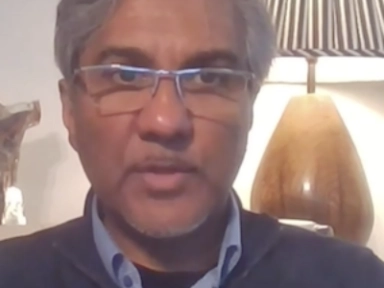{
event: "article_read",
name: `Optimal use of LLT after ACS`,
author: ``,
tags: `Dyslipidemia`,
publication_date: ``,
interaction_type: "content"
}
Optimal use of LLT after ACS
Optimal utilization of lipid-lowering therapy (LLT) after acute coronary syndrome (ACS)
A Position Paper endorsed by the International Lipid Expert Panel (ILEP)
Main takeaway
Recommendations include a main treatment pathway (diagnosis and stratification/target-driven LLT/support and follow-up), along with special pathways for a few specific clinical practice scenarios.
Why this matters
This position paper complements existing guidelines on the management of lipids in patients after ACS and proposes practical approaches to improve access/adherence to LLTs in these patients.
Key results
- Main pathway for optimal LLT post ACS includes the following:
- Diagnosis and stratification
- Target-driven LLT: Three stage target-driven approach to LLT
- In statin-treated patients with LDL-C <100 mg/dL, statin therapy has to be intensified to maximally tolerated dose. In statin-naïve patients with LDL-C <120 mg/dL, high-dose atorvastatin or rosuvastatin treatment should be commenced (<50% reduction to reach target [target LDL-C: <55 mg/dL]; for both the cases).
- In statin-treated patients with LDL-C 100–300 mg/dL or in statin-naïve patients with LDL-C 120–300 mg/dL, maximally tolerated statin therapy should be combined with ezetimibe (50–80% reduction to reach target [target LDL-C: <55 mg/dL]).
- In any patient with LDL-C >300 mg/dL on admission, triple therapy (maximally tolerated statin therapy + ezetimibe + PCSK9i) might be initiated in hospital (>80% reduction to reach target [target LDL-C: <55 mg/dL]).
- After the 4–6 week follow-up visit, treatment should be intensified (as per need), to reach the target LDL-C level; less frequent follow-up is acceptable after reaching the target LDL-C level.
- Support and follow-up
- To maximize adherence to treatment, follow-up, and escalation of LLT, a standardized discharge letter should be used.
- Treatment recommendations for patients in need of special pathways (as identified during diagnosis and stratification):
- Patients considered to be at “extremely-high” CV risk: Initial immediate dual LLT should be considered (maximally tolerated statin + ezetimibe [target LDL-C: <40 mg/dL]). A PCSK9i can be prescribed at follow-up, if the target is not met.
- In patients with complete statin intolerance: Treatment should proceed immediately with non-statin LLT; in case of partial statin intolerance, early initiation of additional LLTs + low dose of statin should be considered to attain the LDL-C target of <55 mg/dL.
- If target LDL-C is not attained despite receiving maximally tolerated statin dose and ezetimibe in pre-hospital period: PCSK9i initiation should be considered during hospitalization.
- Banach M, Penson PE, Vrablik M, Bunc M, Dyrbus K, Fedacko J, et al. Optimal use of lipid-lowering therapy after acute coronary syndromes: A Position Paper endorsed by the International Lipid Expert Panel (ILEP). Pharmacol Res. 2021;166:105499. doi: 10.1016/j.phrs.2021.105499. Epub ahead of print. PMID: 33607265.
Related articles
MAT-BH-2100649/v2/Jun 2023



.png/jcr:content/lab%20thumb%20(1).png)
